With the men’s team at an all-time low, could the 2025 Women’s Six Nations be the turning point for Wales rugby?
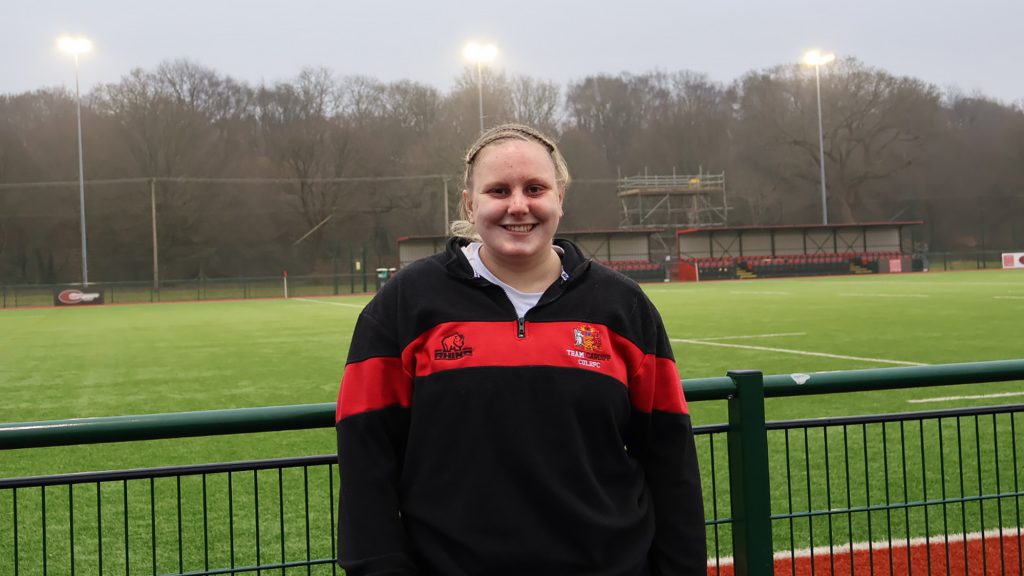
Under the floodlights at Cardiff University sports fields, Cardiff faced Exeter in a fierce women’s rugby match on February 19 at 6 PM. Players battled on the rain-soaked pitch as cheers echoed through the stadium.
However, despite increasing visibility and fan engagement, funding support and professional development opportunities remain limited.
“Interest is growing, but that means nothing without real investment,” says Anna Davis, a Cardiff University rugby player. “We need better facilities, more funding, and actual pathways into professional rugby, not just visibility.
According to a 2024 Deloitte report, elite women’s sports are set to surpass $1 billion in revenue this year. Social media engagement with women’s rugby now outpaces men’s. However, in Wales, investment in infrastructure and facilities remains insufficient to meet the growing demand.
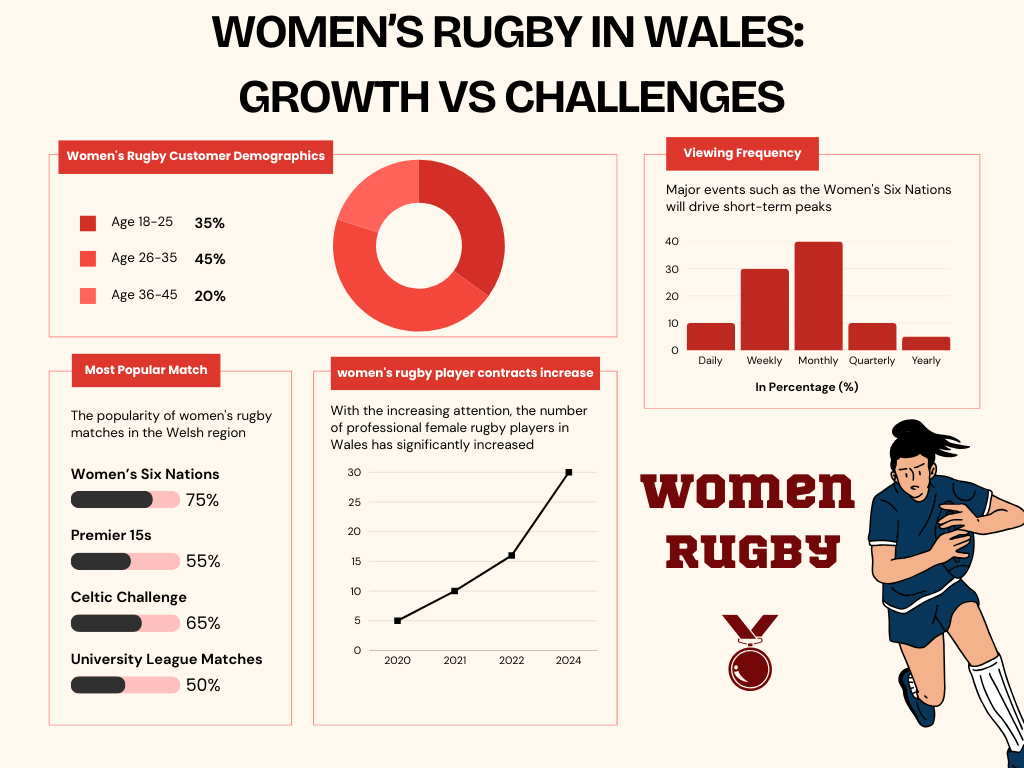
Meanwhile, Wales’ men’s rugby team has struggled in the 2025 Six Nations, suffering four consecutive defeats against Ireland, Scotland, England, and France. Now at the bottom of the standings, their poor performance has intensified concerns about the state of Welsh rugby.
Ian Backland, a Wales Rugby Union (WRU) referee who officiated the match, has witnessed the transformation firsthand. “The future looks very good,” he says. “There are more and more girls playing, and WRU is actively encouraging their involvement—not just as players, but also as referees.”
Backland points out that while support is increasing, skepticism still lingers: “People are a lot more accepting of it. I think when it was new, people were a bit skeptical and thinking it was just being done for the sake of equality. But actually, some of the women are very good.”
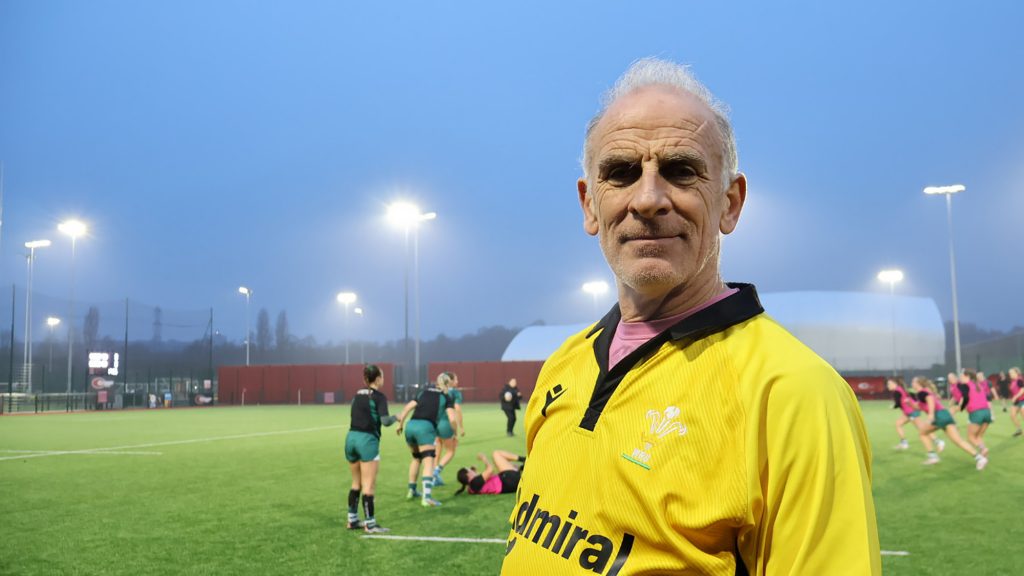
Longtime rugby fan Ian James acknowledges the differences between men’s and women’s rugby but insists both deserve equal recognition. “The physicality differs, but both games are intensely competitive,” he says. “Women’s rugby should be respected just as much.”
With men’s rugby facing challenges in Wales, the stage is set for the women’s game to rise. Especially at the university level. Social media, sponsorships, and increased media coverage are slowly shifting the narrative.
However, disparities remain in funding, training resources, and game-day attendance. Women’s teams still struggle to access the same facilities and financial backing as their male counterparts.
Despite the increased visibility, funding remains a major concern for players. More people are watching us now, but we still don’t have the same facilities or funding as the men’s teams,” says Davis. “Recognition is great, but investment needs to catch up.
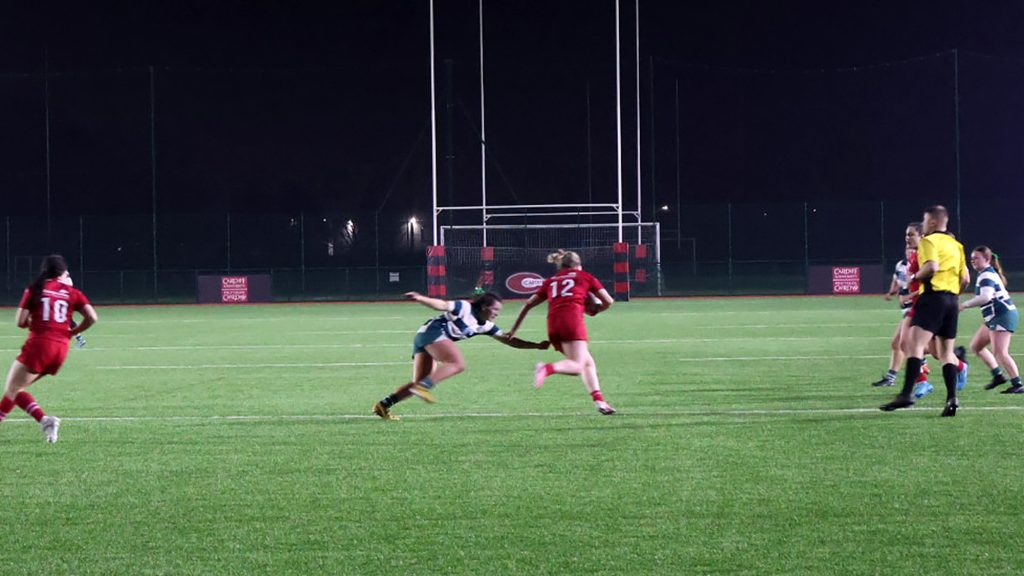
When asked if women’s rugby receives the same level of respect and recognition as men’s rugby, Backland is clear: “No. It’s got to improve. The quality is good, but not quite good enough yet. But as it gets better, then it will.”
Davis, however, is more optimistic: “Yeah, there definitely is a gap, but that will come with time,” she says. “It’s all dependent on spectators and crowds at games. I think there is a gap, but I think it’s shrinking, and it will continue to shrink.”
The Wales Rugby Union (WRU) has made efforts to invest in women’s rugby, introducing more structured competitions like the Celtic Challenge. “Well, WRU have put two teams into this league, so it increases,” Davis says. Yet, gaps in funding and professional opportunities suggest there is still a long way to go.
While some progress has been made, the reality of becoming a professional female rugby player in Wales remains uncertain. Many aspiring athletes must balance playing with other careers due to limited professional contracts.
For Davis, the dream is there, but it remains distant. “Yeah, I’d like to, but I don’t know whether that will happen. It’s a good dream to have.”
Full professionalization remains uncertain, but players continue to pursue the sport despite the challenges. “We just play for fun. In the end, it’s about loving the sport,” Davis says. “Without much publicity, we play because we love it. If opportunities come, great. If not, we still play.”
This lack of professional pathways could push talent away, limiting the sport’s future. Increasing the number of professional contracts could be a game-changer. “Yeah, they should,” Davis says when asked if WRU should offer more contracts for women. “It’s such a good step having professional contracts, and they are increasing every year.”
One of the biggest drivers of change in women’s rugby has been growing fan support. In recent years, women’s sports—including football and rugby—have started attracting larger crowds.
Davis sees this shift: “In the past, men had more interest and more spectators. But in the last year, it’s proven that women’s football and women’s rugby are getting really big crowds and selling out massive stadiums. For example, England women played a rugby game, they sold out Twickenham. So it’s really exciting to see the growth of support.”
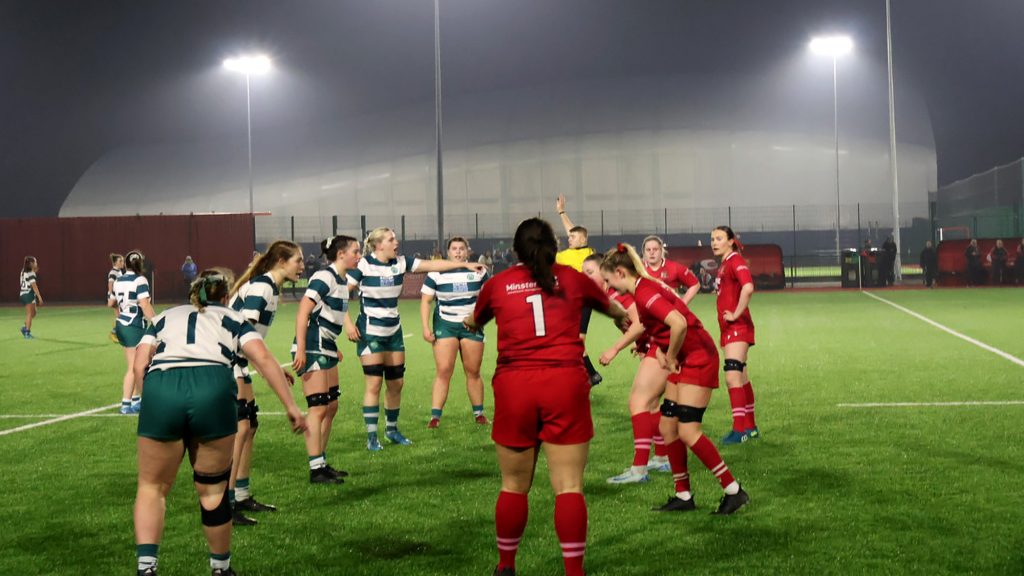
Mark Evans, watching his daughter play for Cardiff University, believes greater exposure is key. “They should show more games on TV so young girls see rugby as a career, not just a hobby,” he says. Davis agrees: “More publicity would bring more fans to the games.”
In the future, players like Davis are hopeful about the sport’s continued rise. “I think women’s rugby will become an integral part of Welsh sports in the future,” she says. she says when asked if women’s rugby will become an integral part of Welsh sports.
Davis is clear about her ambitions—if the opportunity arose, she would play full-time without hesitation. “Oh, yeah, I would, if there were opportunities,” she says.
With investment, visibility, and fan engagement growing, the next decade could define the future of Wales women’s rugby. For Wales’s rising stars, real opportunity will only come when visibility turns into action—through investment, policy changes, and sustained fan engagement.
“Just go for it, just have fun, get stuck in,” Davis encourages young girls interested in rugby. “Don’t feel embarrassed, go for it.”
